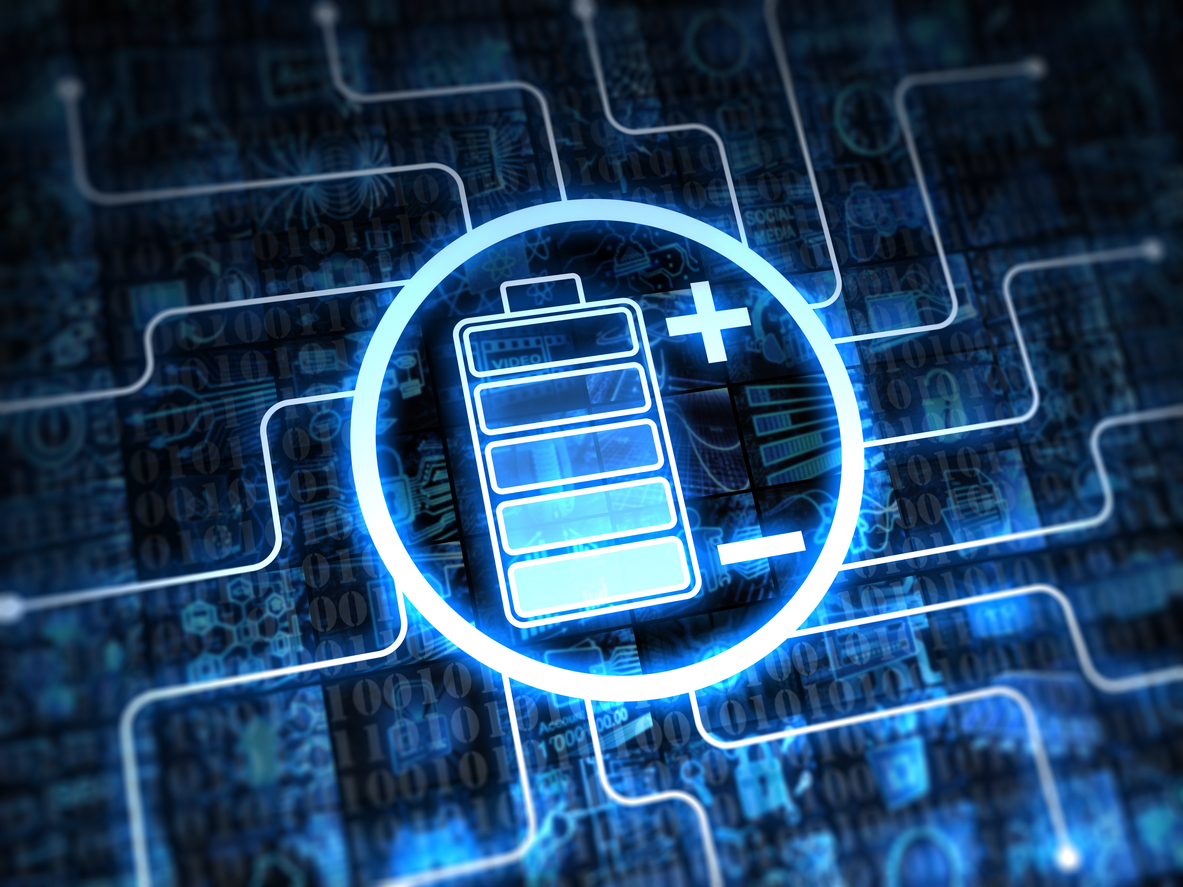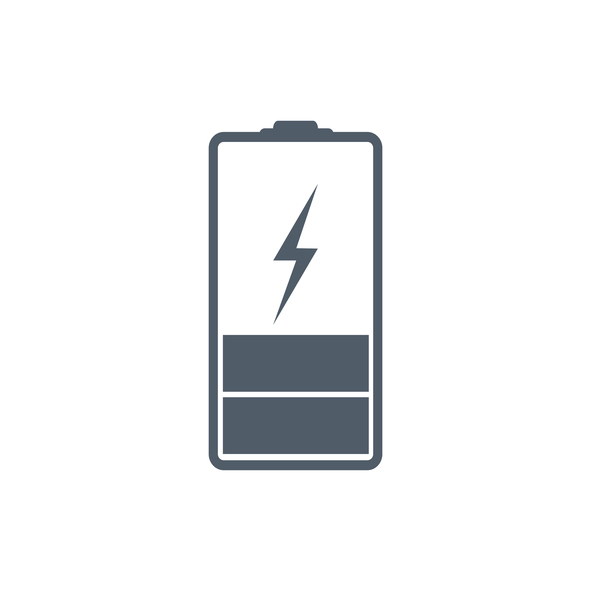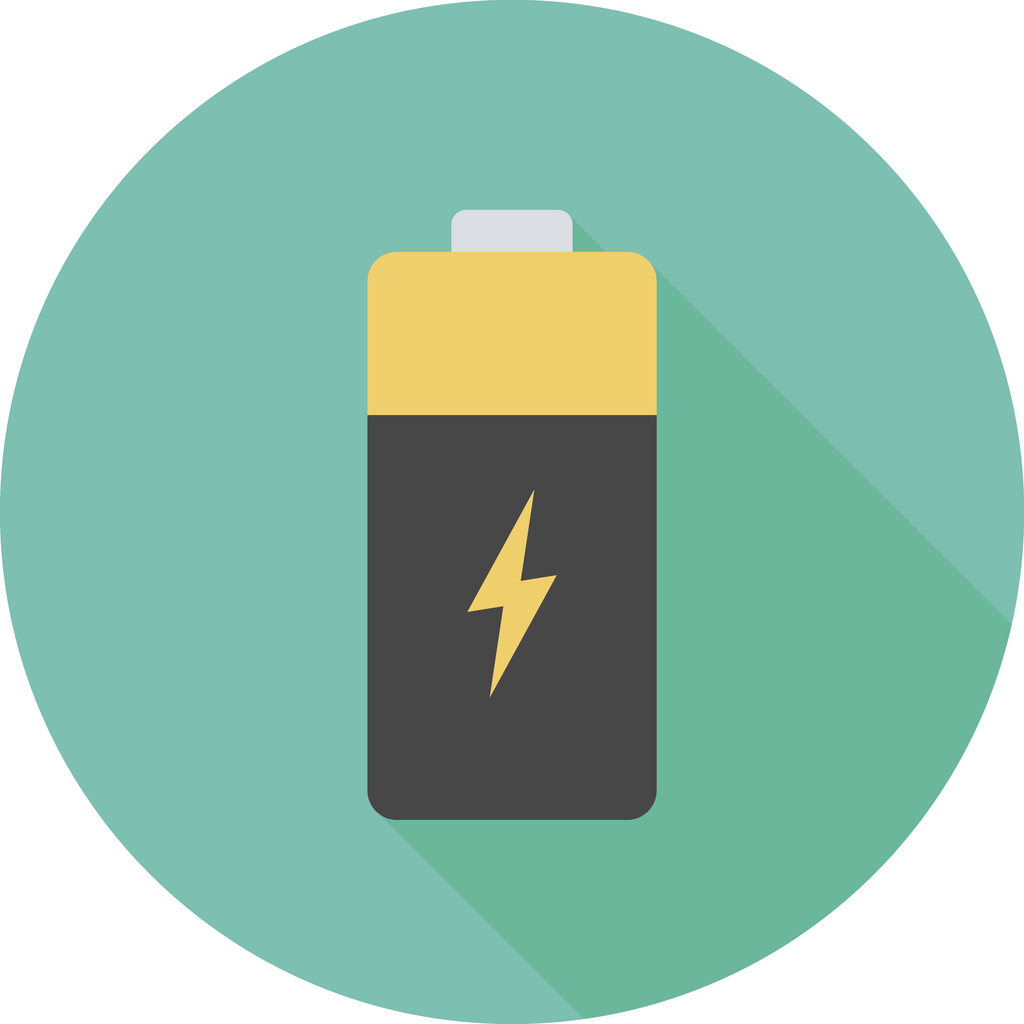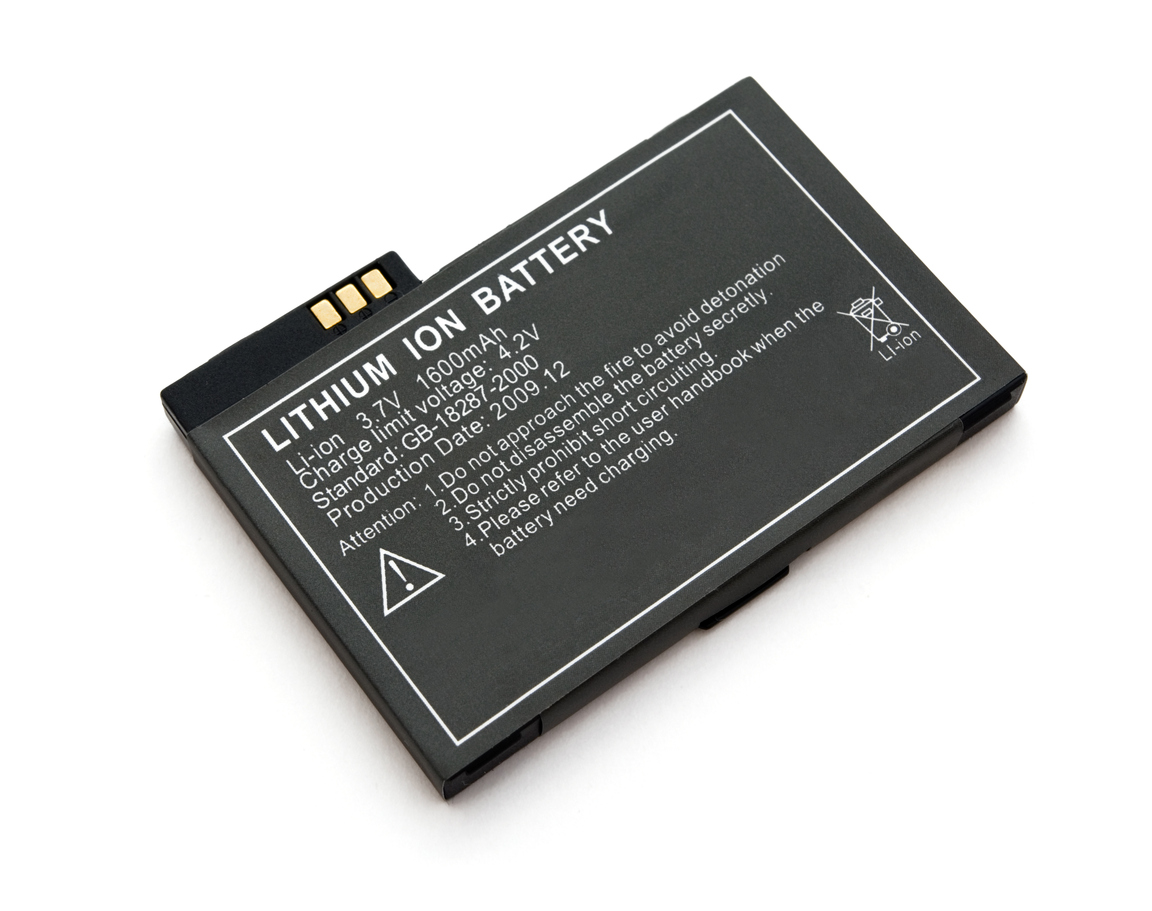 Capitalizing on tiny defects can improve electrodes for lithium-ion batteries, new research suggests.
Capitalizing on tiny defects can improve electrodes for lithium-ion batteries, new research suggests.
In a study on lithium transport in battery cathodes, researchers found that a common cathode material for lithium-ion batteries, olivine lithium iron phosphate, releases or takes in lithium ions through a much larger surface area than previously thought.
“We know this material works very well but there’s still much debate about why,” says Ming Tang, an assistant professor of materials science and nanoengineering at Rice University. “In many aspects, this material isn’t supposed to be so good, but somehow it exceeds people’s expectations.”
Part of the reason, Tang says, comes from point defects—atoms misplaced in the crystal lattice—known as antisite defects. Such defects are impossible to completely eliminate in the fabrication process. As it turns out, he says, they make real-world electrode materials behave very differently from perfect crystals.
(more…)
 The Electrochemical Society hosted Dr. Yijin Liu’s live webinar, “A micro-to-nano zoom through a real-world battery with x-ray vision,” on May 17, 2023. Dr. Liu took audience questions during a live Question and Answer session at the end of the presentation. Kindly, he answered, in writing, questions not answered during the broadcast. See his responses below.
The Electrochemical Society hosted Dr. Yijin Liu’s live webinar, “A micro-to-nano zoom through a real-world battery with x-ray vision,” on May 17, 2023. Dr. Liu took audience questions during a live Question and Answer session at the end of the presentation. Kindly, he answered, in writing, questions not answered during the broadcast. See his responses below.



 A collaborative team of researchers from Shinshu University in Japan have found a new way to curb some of the potential dangers posed by lithium ion batteries.
A collaborative team of researchers from Shinshu University in Japan have found a new way to curb some of the potential dangers posed by lithium ion batteries. Capitalizing on tiny defects can improve electrodes for lithium-ion batteries, new research suggests.
Capitalizing on tiny defects can improve electrodes for lithium-ion batteries, new research suggests. A new sodium-based battery can store the same amount of energy as a state-of-the-art lithium ion at a substantially lower cost.
A new sodium-based battery can store the same amount of energy as a state-of-the-art lithium ion at a substantially lower cost. Researchers have found a new method for finding lithium, used in the lithium-ion batteries that power modern electronics, in supervolcanic lake deposits.
Researchers have found a new method for finding lithium, used in the lithium-ion batteries that power modern electronics, in supervolcanic lake deposits.
 Most of today’s batteries are made up of two solid layers, separated by a liquid or gel electrolyte. But some researchers are beginning to move away from that traditional battery in favor of an all-solid-state battery, which some researchers believe could enhance battery energy density and safety. While there are many barriers to overcome when pursing a feasible all-solid-state battery, researchers from MIT believe they are headed in the right direction.
Most of today’s batteries are made up of two solid layers, separated by a liquid or gel electrolyte. But some researchers are beginning to move away from that traditional battery in favor of an all-solid-state battery, which some researchers believe could enhance battery energy density and safety. While there are many barriers to overcome when pursing a feasible all-solid-state battery, researchers from MIT believe they are headed in the right direction. Recent safety concerns with lithium-ion batteries exploding in devices such as the Samsung Galaxy Note 7 phone and
Recent safety concerns with lithium-ion batteries exploding in devices such as the Samsung Galaxy Note 7 phone and 